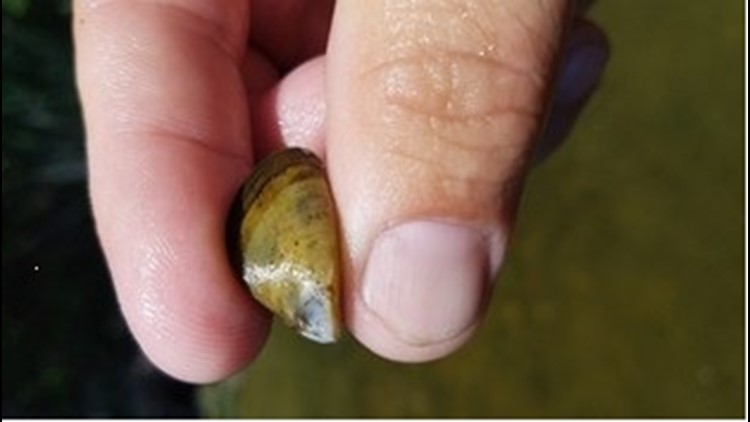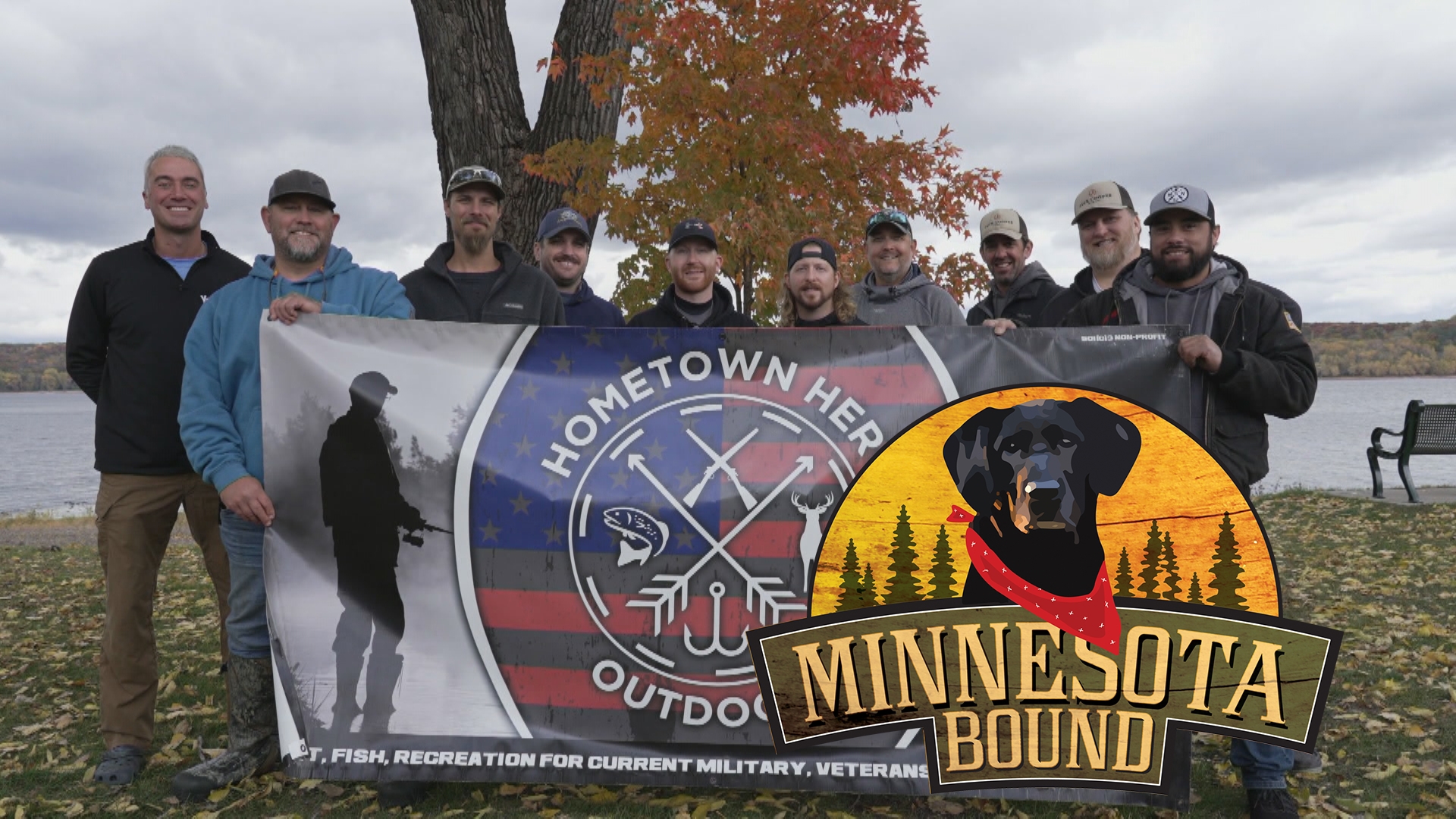ITASCA COUNTY, Minn. — A popular Minnesota fishing lake has been confirmed to have a "widespread" infestation of invasive zebra mussels.
The Minnesota Department of Natural Resources (DNR) announced Wednesday that the waterborne pest has been found in Bowstring Lake, located about 30 miles northwest of Grand Rapids in Itasca County.
County invasive species staff contacted the DNR after finding two adult zebra mussels attached to old, submerged tires on the northeast side of the lake. DNR invasive species specialists determined that the zebra mussels had been there for more than a year.
A survey of the entire north shore of Bowstring Lake revealed a number of adult zebra mussels. Their distribution is described as “widespread but not numerous,” suggesting this may be a case of early detection.
Water from Bowstring Lake flows into Sand Lake and eventually into the Bigfork River and north to Hudson Bay. Zebra mussels were confirmed in Sand Lake in 2013 and have been confirmed downstream nearly 20 miles in recent years. Navigation from Sand Lake to Bowstring is not common, due to the nature of the connecting river and water levels.
The DNR has contacted the Leech Lake Band of Ojibwe with information about the confirmed zebra mussels, as a large portion of the lake is located on reservation land. .
Whether or not a lake is listed as infested, Minnesota law requires boaters and anglers to:
- Clean watercraft and trailers of aquatic plants and prohibited invasive species.
- Drain all water by removing drain plugs and keeping them out during transport.
- Dispose of unwanted bait in the trash.
Some invasive species are small and difficult to see at the access. To remove or kill them, take one or more of the following precautions before moving to another body of water:
- Spray with high-pressure water.
- Rinse with very hot water (120 degrees for at least two minutes or 140 degrees for at least 10 seconds).
- Dry for at least five days.
Zebra mussels can compete with native species for food and habitat, cut the feet of swimmers, reduce the performance of boat motors and cause expensive damage to water intake pipes.
People should contact a Minnesota DNR aquatic invasive species specialist if they think they have found zebra mussels or any other invasive species.
More information is available on the Minnesota DNR website.



